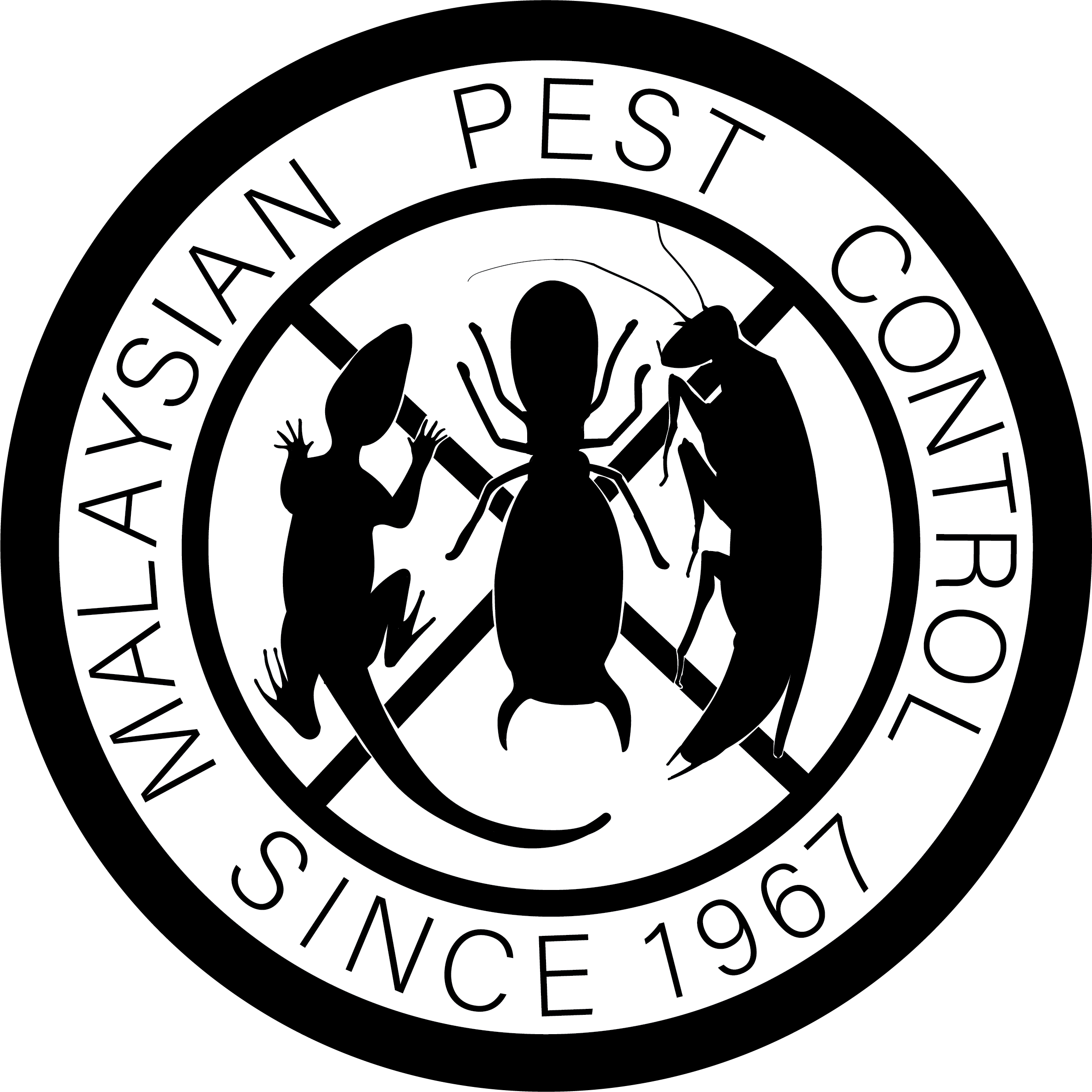Are high rise buildings safe from pests?

Living in a high-rise might seem like a refuge from the common pests that invade ground-level dwellings, yet, unfortunately, this is not the case. Pests are remarkably adaptable, and many have found ways to thrive in the upper floors of apartment buildings and skyscrapers. Cockroaches, house ants, and various flying insects are frequently encountered in high-rise apartments. Even more surprisingly, mosquitoes have been located in units as high as 20 stories, rats have caused damage to wiring 30 floors up, and termites have been found in apartments as high as 40th floors up.
The architectural and structural elements of high-rise buildings contribute to this phenomenon. Features such as boxed-in pipe runs, concealed ducts for service conduits, false ceilings, rubbish chutes, and built-in cabinets create hidden pathways that facilitate the movement and harborage of pests like cockroaches, rats, ants, and termites. These “highways” allow pests to access and infest multiple areas of a building, making no floor truly safe from their reach. This adaptability underscores the importance of vigilant pest control measures and maintenance in high-rise living, to prevent and manage pest infestations effectively.
Adaptability of Pests
Pests are highly adaptable creatures. Insects like cockroaches, ants, bed bugs, and flies can easily hitchhike on personal belongings, groceries, or furniture and find their way into high-rise units. Once inside, they can thrive in the environments provided by apartments, exploiting the smallest food crumbs, moisture, and warmth. Bed bugs, in particular, are notorious for spreading rapidly in multi-unit dwellings, including high-rises, due to their ability to move between units through cracks, crevices, and ventilation systems.
Rodents and Birds
Rodents such as mice and rats are adept climbers and can enter high-rise buildings through ground-level openings, eventually making their way to upper floors. They can squeeze through very small gaps and might be attracted to garbage disposal areas or food sources within the apartments. Birds, on the other hand, may nest on balconies or ledges of high-rise buildings, bringing noise, droppings, and the potential for mites and other parasites.
Preventive Measures
The key to preventing pest infestations in high-rise buildings is vigilance and preventive measures. Here are some strategies:
- Seal Entry Points: Regularly inspect your apartment for cracks, holes, and gaps that could serve as entry points for pests. Pay special attention to areas around windows, doors, and utility pipes. Sealing these areas can significantly reduce the risk of pest entry.
- Proper Waste Management: Ensure that garbage is disposed of properly and regularly, and that food waste is contained. Pests are attracted to food sources, and improperly managed waste can attract them to your living space.
- Regular Cleaning: Maintain cleanliness in your apartment to avoid attracting pests. This includes regular vacuuming, wiping down surfaces, and avoiding leaving dirty dishes or food out overnight.
- Professional Pest Control: For persistent or severe infestations, it’s advisable to consult with professional pest control services. They can provide targeted treatments and recommendations specific to high-rise living conditions.



